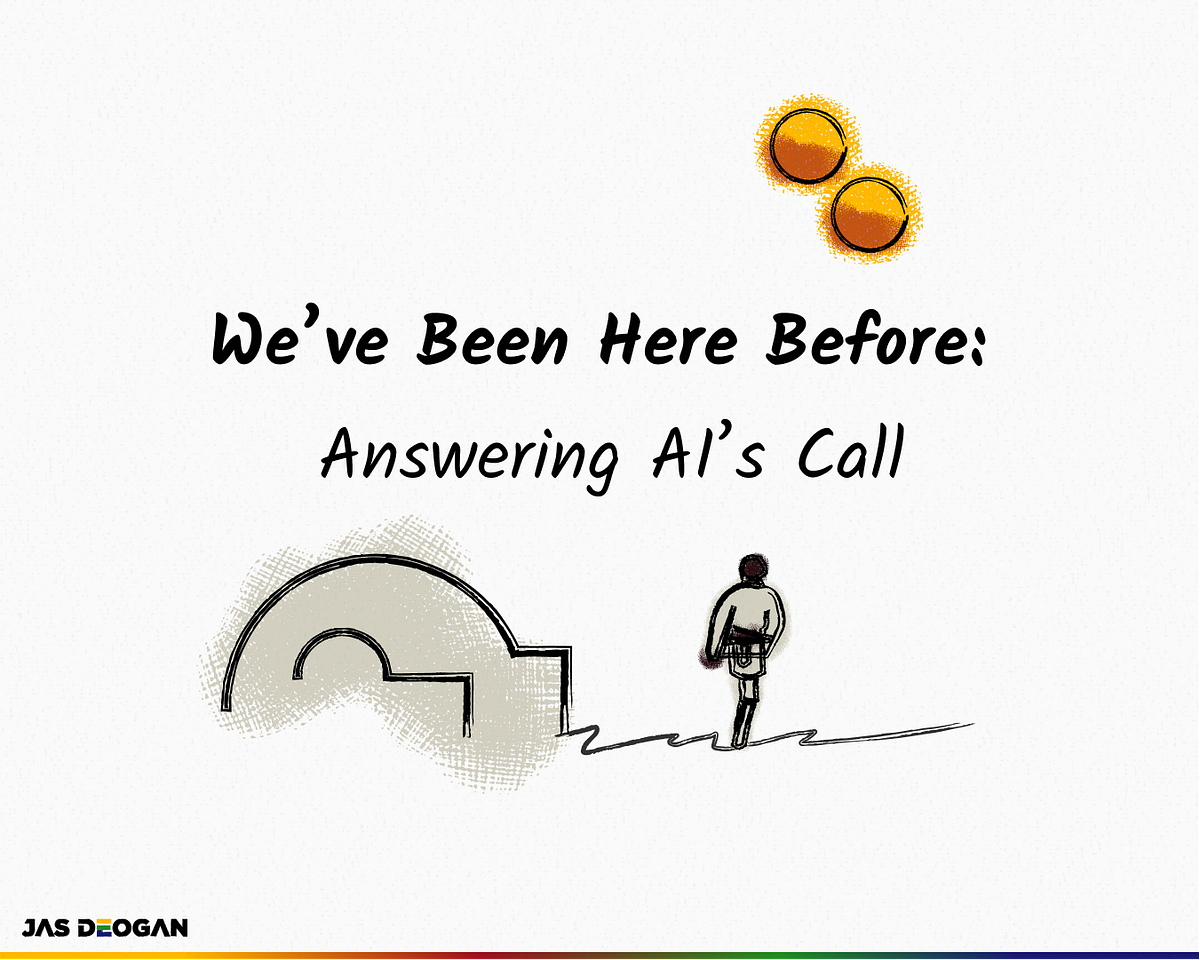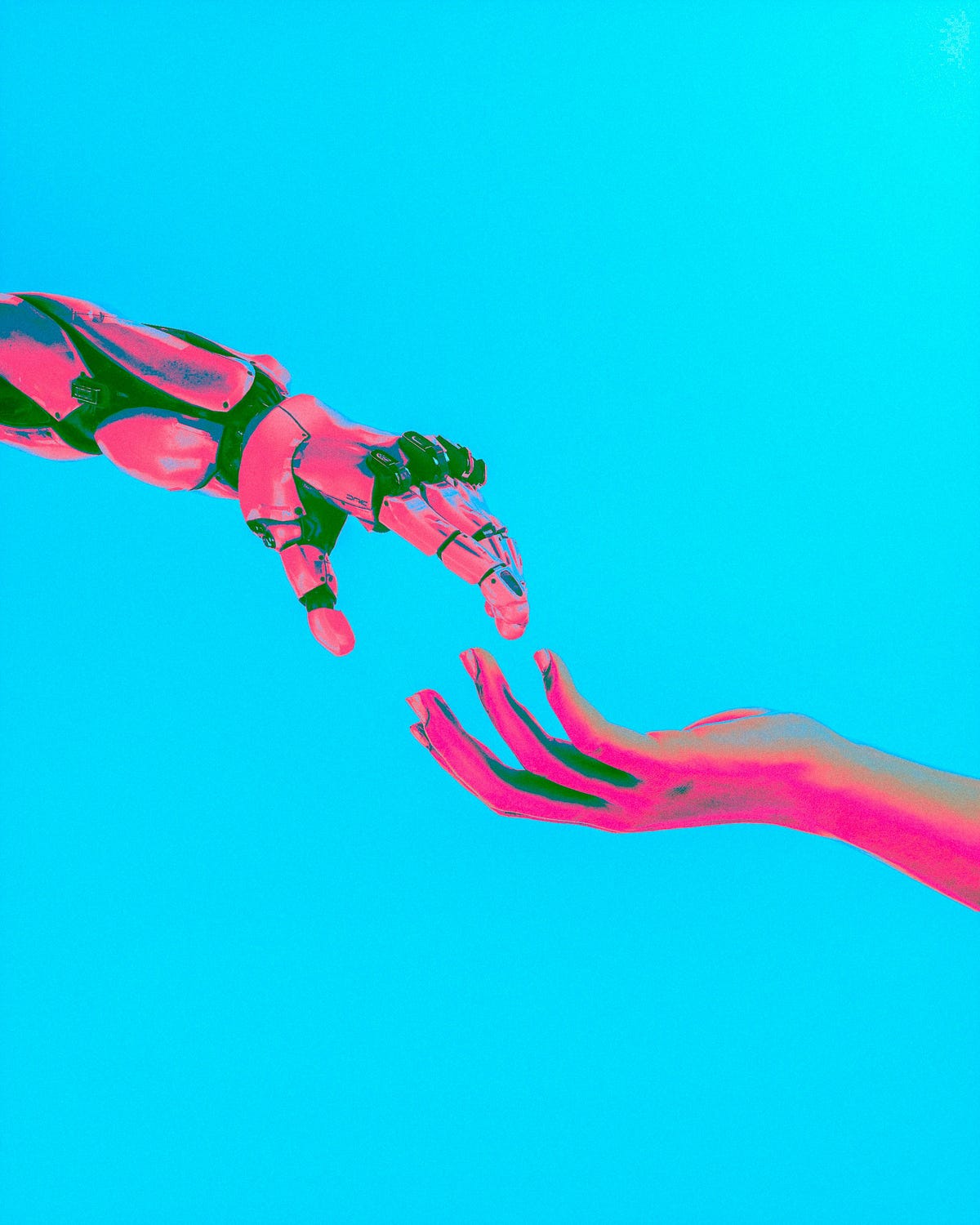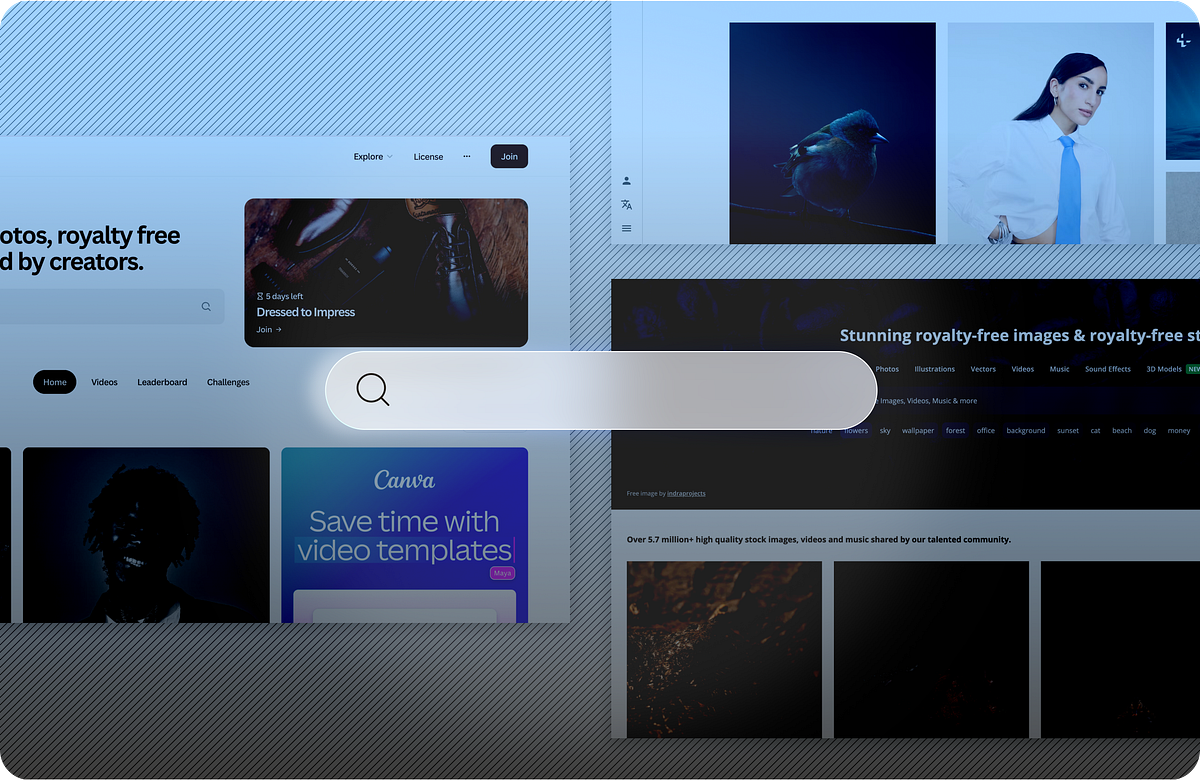Web development
fromSitePoint Forums | Web Development & Design Community
3 days agoBest UX Practices for Designing Financial Calculators Online?
Use lightweight, accessible client-side calculators with progressive enhancement, careful localization, single-domain SEO focus, and optimized scripts to maximize performance and engagement.











